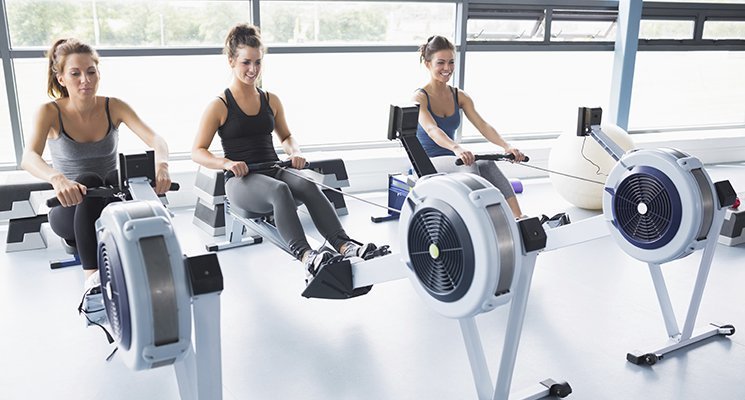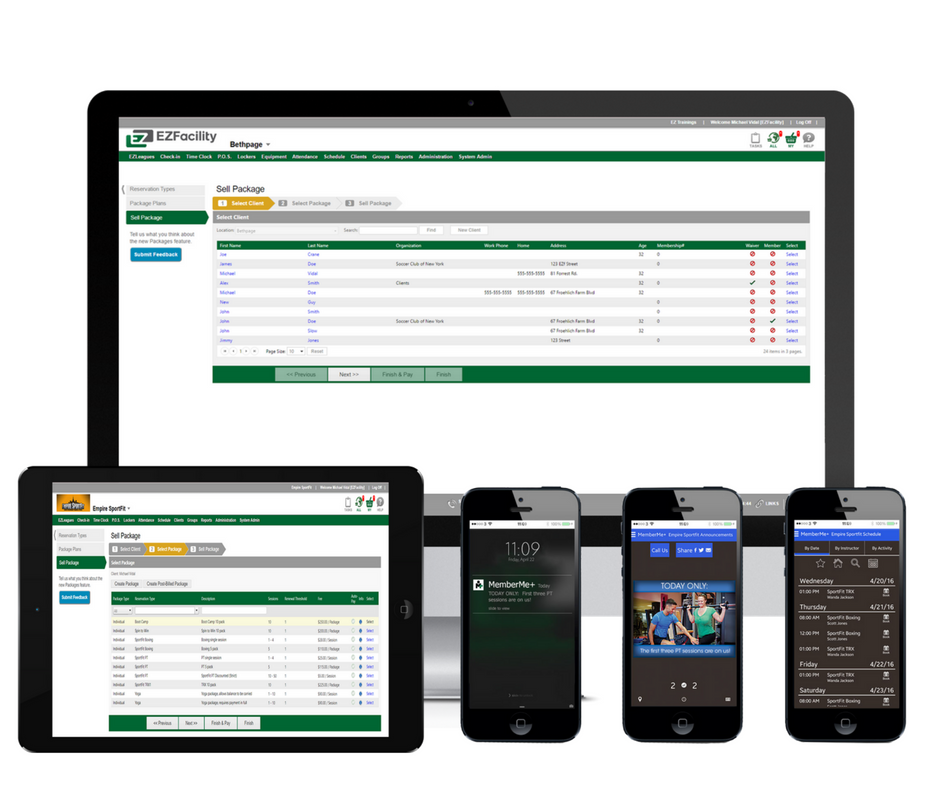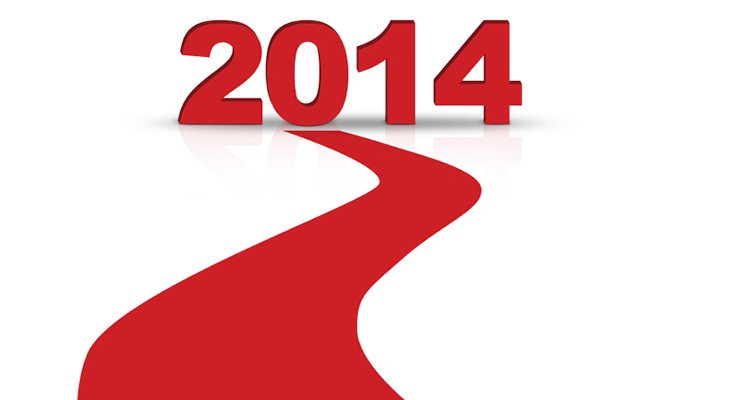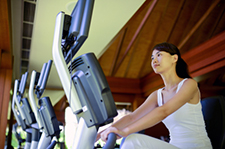For most fitness businesses that employ a comprehensive software solution, it’s impossible to imagine day-to-day operations without that solution. And these days, it’s almost impossible to imagine a fitness business that doesn’t use a software solution. Fitness facility management software allows for the optimization of resources; the streamlining of daily tasks; the automation of payments, reports, and communication; and the maintenance of member profiles and marketing efforts — among countless other benefits — to a degree that simply can’t be achieved without software. Yet, what good is any of that if the program you’re using fails in the customer service and support department?
Even if you’ve got the absolute best-performing software solution imaginable, if that solution doesn’t provide a top-quality customer service department for training, support, and troubleshooting, it’s ultimately not worth much. This is the case in all industries, but it’s especially key in the fitness industry, in which software solutions are so integral to the running of all aspects of a business that the customer service you provide depends on how well your software is running. If there’s a glitch, or if you just have a simple question, you have to know that troubleshooting is available immediately and efficiently.
How do you judge the quality of a software program’s customer service? First, check out the product’s website. The support feature should be prominent and available with a single click, and it should quickly and clearly explain how to reach a customer service representative. Ideally, it offers both a phone number to call and an online form you can submit. If you fill out an online form, you should receive an answer promptly. Both online and phone responses should be polite, friendly, and helpful, and the representative you’re dealing with should bend over backwards to make sure your questions are answered and your needs are fulfilled, and that you’re walking away a satisfied customer. If any of these elements are not in place — you can’t find the support page easily on the website, there’s no phone number to call, there’s a number but your call is handled incompetently, you submit an online request and do not hear back within 24 hours — you might be using the wrong software.
In addition, your software support team should offer training. There should be online courses that quickly, clearly, and effectively show you, the end user, how to optimize the product, and there should be opportunities for personalized training support. Again, if the product you use does not offer these customer service basics, you’re probably using the wrong one. After all, what good does your software do you if you don’t properly understand how to use it?
Ultimately, the management software solution you purchase should be backed by a company that employs an easily reachable team of dedicated, knowledgeable professionals who genuinely care about your business. If it’s lacking in that department, you would do well to seek out a software package that fulfills that most basic of business needs: help and support.










